#Battle of Paoli Tavern
Explore tagged Tumblr posts
Text














The Battle of Paoli (also known as the Battle of Paoli Tavern or the Paoli Massacre) was a battle in the Philadelphia campaign of the American Revolutionary War fought on September 20, 1777,
#Battle of Paoli#Battle of Paoli Tavern#Battle of Paoli Tavern or the Paoli Massacre#Paoli Massacre#20 September 1777#American Revolutionary War#American War of Independence#Paoli Battlefield Site and Parade Grounds#Mid-Atlantic region#Chester County#Chesco#Paoli Massacre obelisk#Malvern#Philadelphia campaign#Pennsylvania#summer 2019#free admission#travel#original photography#vacation#tourist attraction#USA#landmark#landscape
1 note
·
View note
Photo

British light infantry of the 40th Foot assaulting American rebels during the battle of Paoli, September 20 1777. The engagement earned them the nickname “the Bloodhounds,” while the Pennsylvanian brigades they had savaged swore revenge. The light infantry subsequently wore red feathers in their hats, partly as a mark of pride in their victory, partly ‘to prevent anyone not engaged in the action from suffering on their account.’
Detail from A Dreadful Scene of Havoc by Xavier della Gatta, 1782.
#history#military history#revwar#american war of independence#18th century#british army#paoli#paoli's tavern#paoli massacre#battle of paoli#light infantry#british light infantry#american revolution
50 notes
·
View notes
Photo

This Day in History: The Paoli Massacre precedes Valley Forge
On this day in 1777, the British launch an attack that would be known as the Paoli Massacre. Some considered the action to be cold-blooded murder, not war.
These events occurred as George Washington was trying to protect Philadelphia from the British. The American army had narrowly avoided disaster at the Battle of the Clouds, but it had bounced back and was now working to slowly encircle British General William Howe’s men. Historian Thomas J. McGuire reports the comments of one American: “We shall be able to be totally round them. . . . Howe has brought himself into a fine Predicament.”
In the midst of this situation, Washington sent roughly 2,000 men under Anthony Wayne to attack the British rear guard.
Wayne decided to camp first near Paoli Tavern, then near Warren Tavern, as he waited for reinforcements. He thought that Howe had no idea where he was.
Or at least that’s what he thought at first. Possibly, he received last minute information warning him of the potential for an attack on the 21st.
Either way, the attack perhaps came earlier than anticipated. British intelligence was better than the Americans realized. Howe knew where Wayne was, and he ordered British General Charles Grey to lead an attack on Wayne’s forces on the night of September 20.
Grey had a plan. What was it? The story concludes at the link in the comments.
#tdih#otd#this day in history#on this day#history#history blog#war of independence#today i learned#george washington#sharethehistory
3 notes
·
View notes
Text
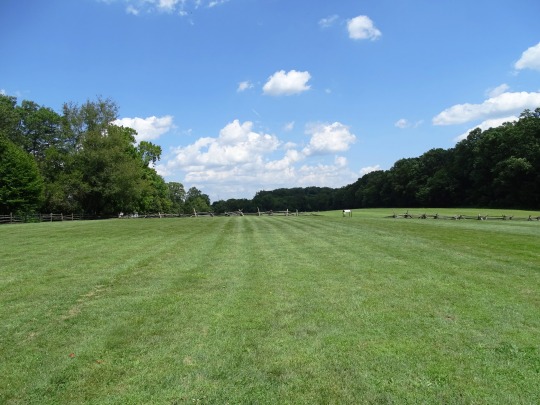
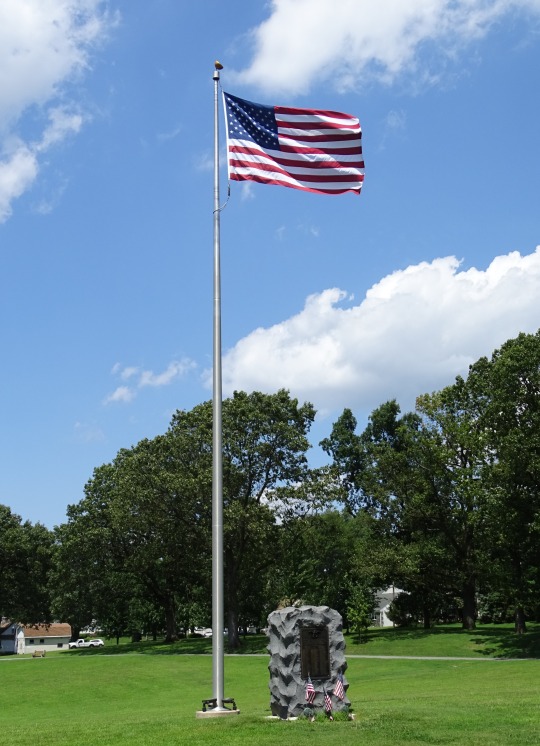


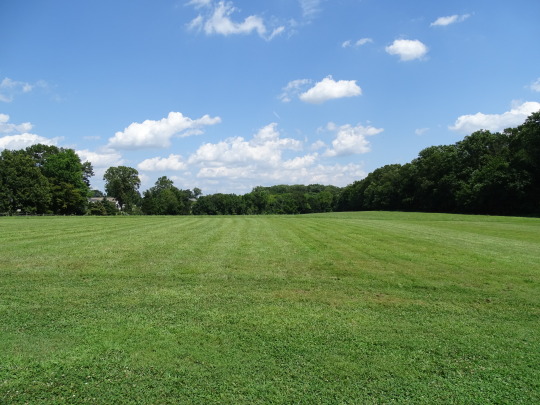
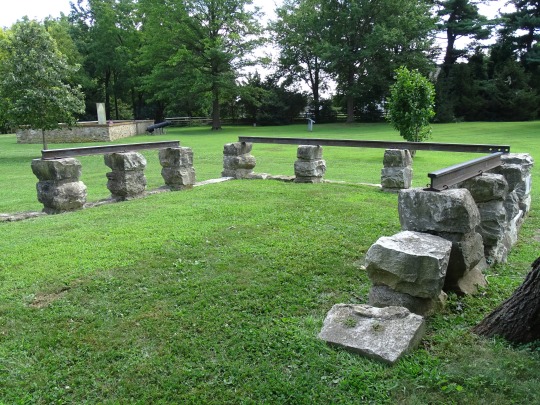

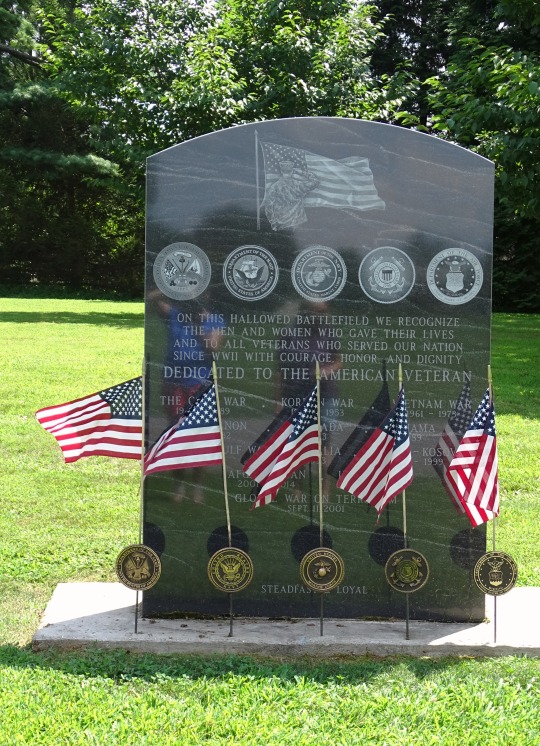
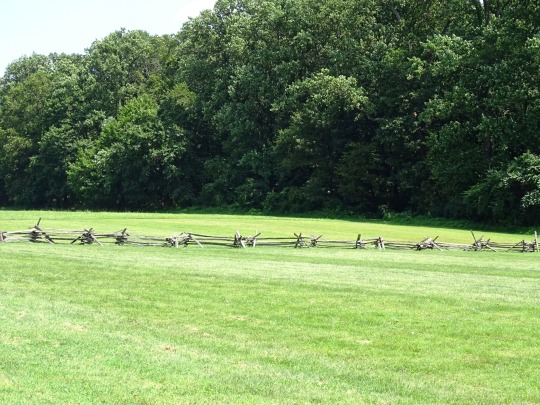

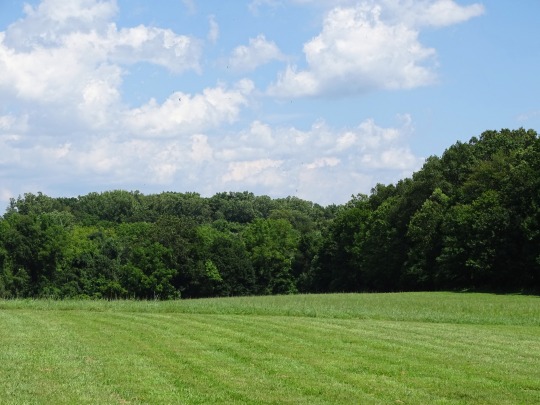

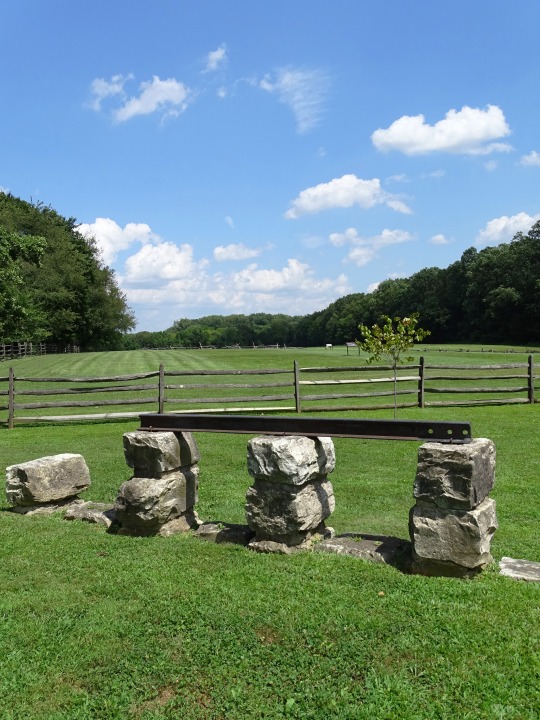
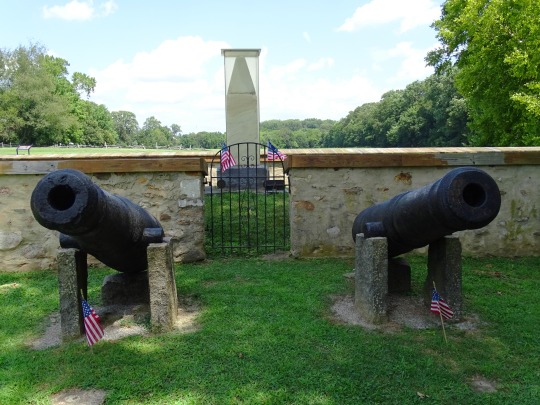
The Battle of Paoli (also known as the Battle of Paoli Tavern or the Paoli Massacre) was a battle in the Philadelphia campaign of the American Revolutionary War fought on September 20, 1777,
#Battle of Paoli#Battle of Paoli Tavern#Battle of Paoli Tavern or the Paoli Massacre#Paoli Massacre#20 September 1777#American Revolutionary War#American War of Independence#Paoli Battlefield Site and Parade Grounds#Mid-Atlantic region#Chester County#Chesco#Paoli Massacre obelisk#Malvern#Philadelphia campaign#Pennsylvania#summer 2019#free admission
1 note
·
View note
Photo

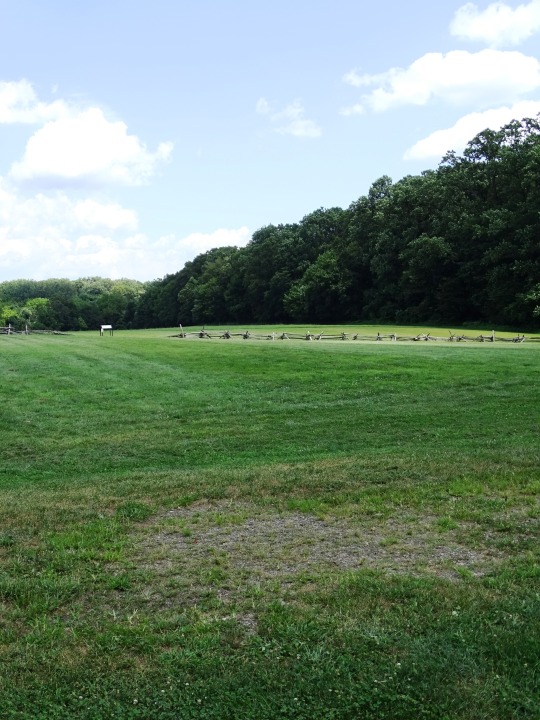
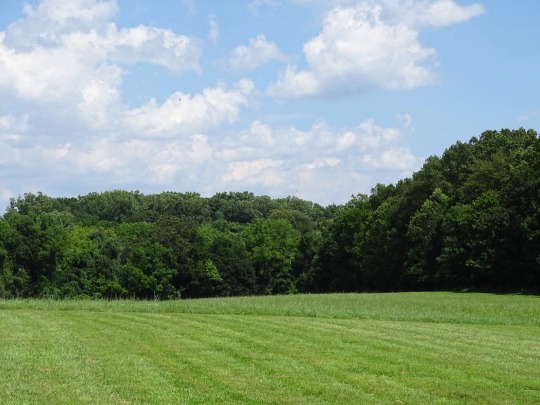
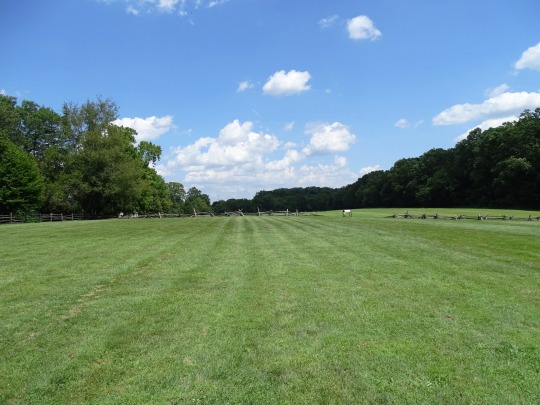
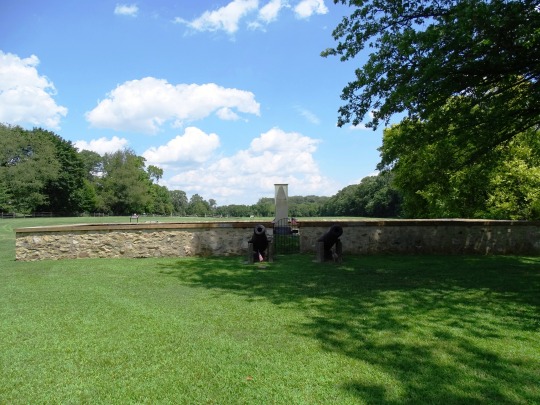

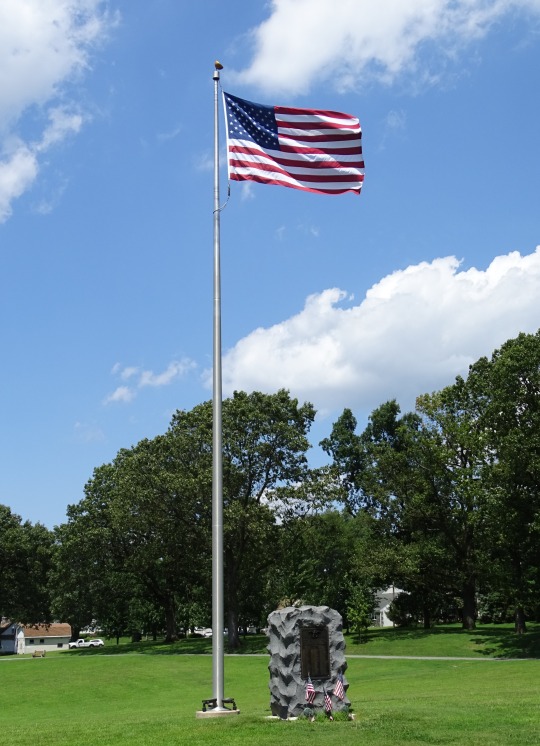
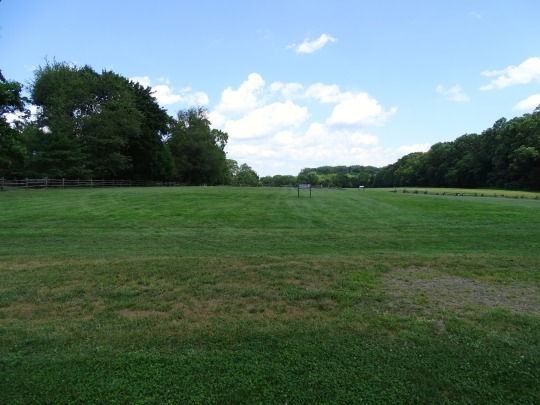


Clouds (No. 888)
Paoli Battlefield Site and Parade Grounds, Malvern
#Paoli Battlefield Site and Parade Grounds#Malvern#Pennsylvania#vacation#Battle of Paoli Tavern#American Revolutionary War#US history#landscape#American War of Independence#summer 2019#cityscape#forest#woods#nature#flora#tree#lawn#fence#blue sky#clouds#free admission#tourist attraction#landmark#US flag#memorial#original photography#USA
3 notes
·
View notes
Photo



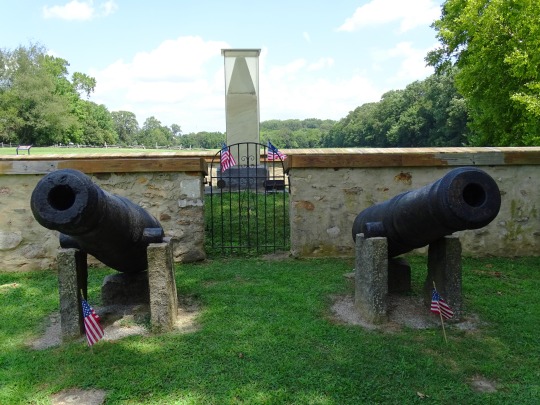
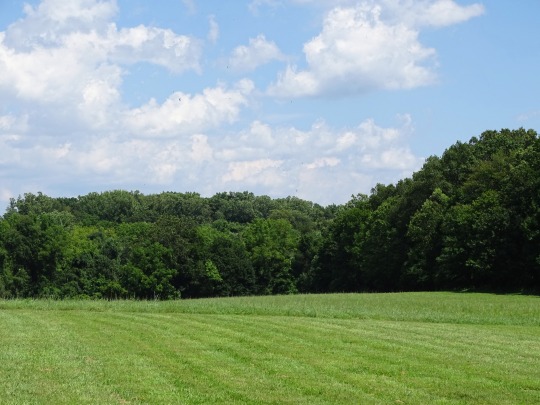
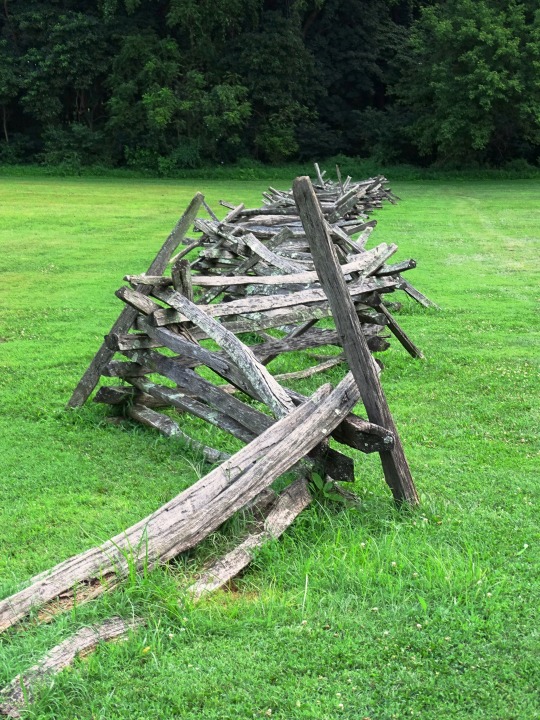


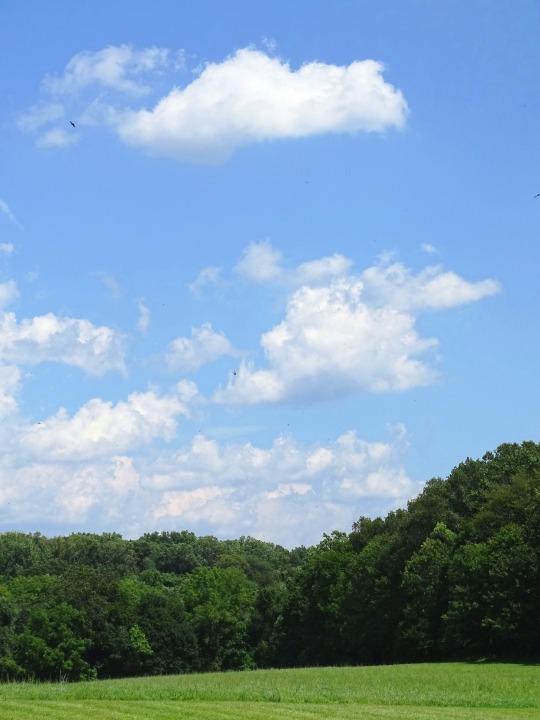

The Battle of Paoli (also known as the Battle of Paoli Tavern or the Paoli Massacre) was a battle in the Philadelphia campaign of the American Revolutionary War fought on September 20, 1777.
#Paoli Massacre Monument#Battle of Paoli#Battle of Paoli Tavern#Malvern#Paoli Massacre#Philadelphia campaign#20 September 1777#US history#245th anniversary#American Revolutionary War#tourist attraction#landmark#free admission#American War of Independence#Paoli Battlefield Site and Parade Grounds#Paoli Massacre obelisk#landscape#countryside#original photography#summer 2016#flora#woods#forest#lawn#snake fence
3 notes
·
View notes
Photo


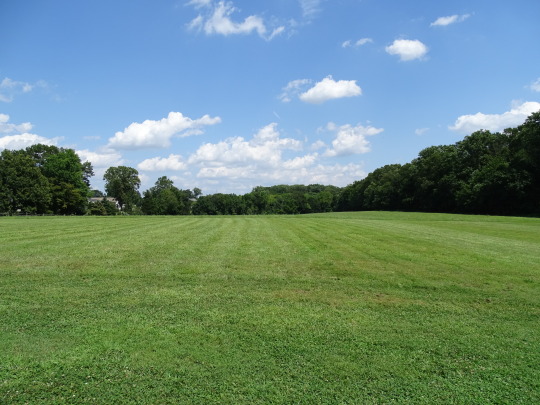

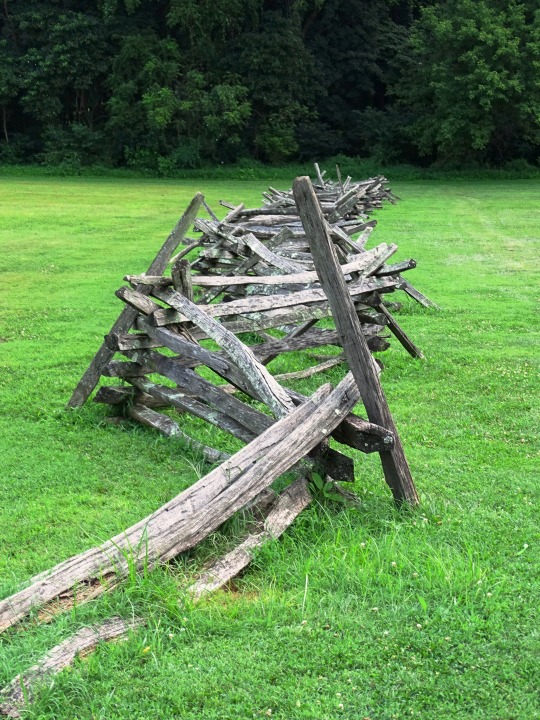
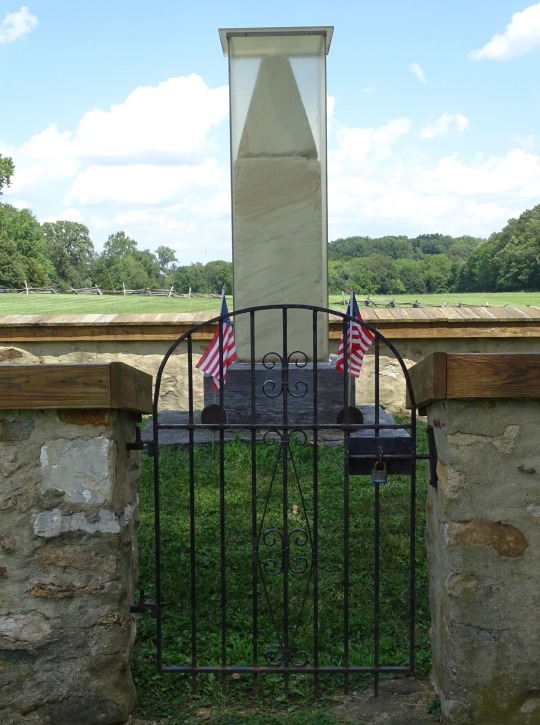



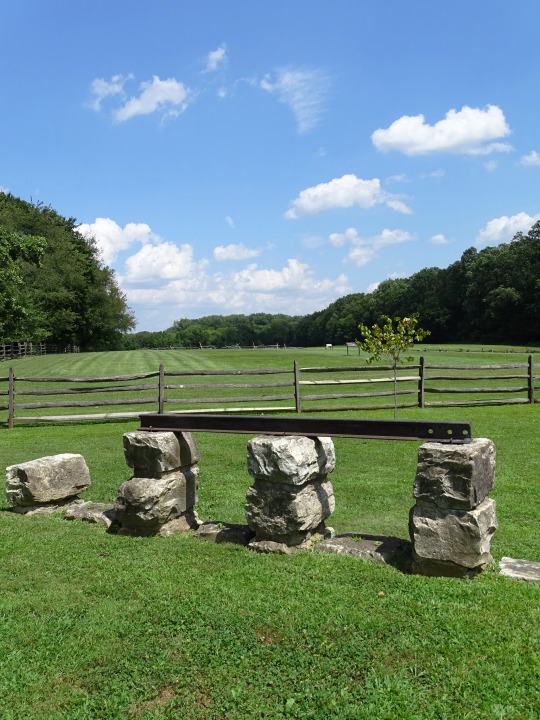
The Battle of Paoli (also known as the Battle of Paoli Tavern or the Paoli Massacre) was a battle in the Philadelphia campaign of the American Revolutionary War fought on September 20, 1777.
#Paoli Massacre Monument#Battle of Paoli#Battle of Paoli Tavern#Malvern#Paoli Massacre#American Revolutionary War#American War of Independence#20 September 1777#Pennsylvania#summer 2019#original photography#anniversary#US history#landscape#Philadelphia campaign#Remember Paoli!#Paoli Battlefield Site and Parade Grounds#forest#woods#lawn#nature#cityscape#tourist attraction#landmark
6 notes
·
View notes
Photo

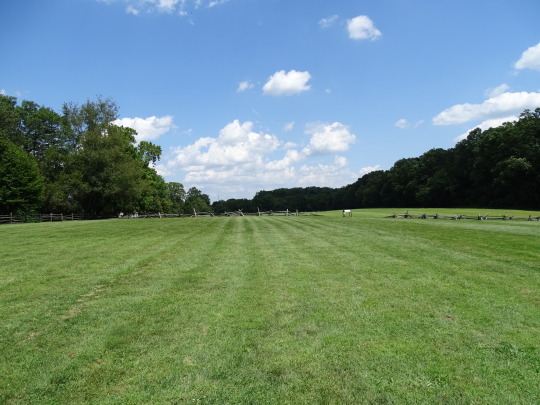
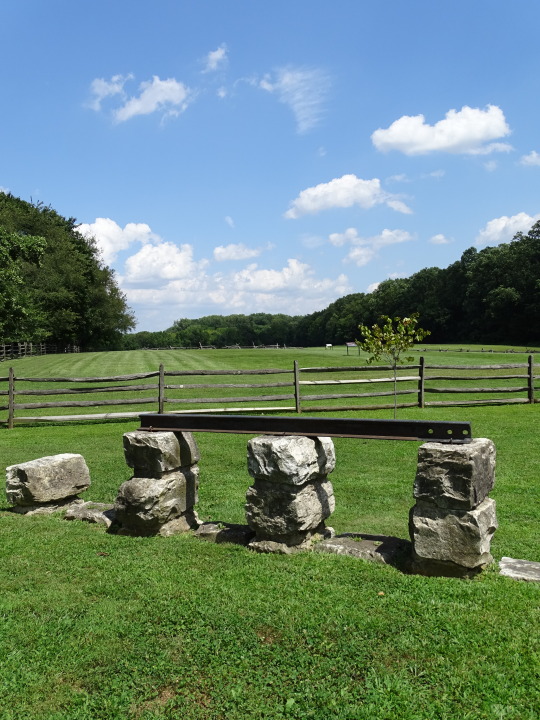
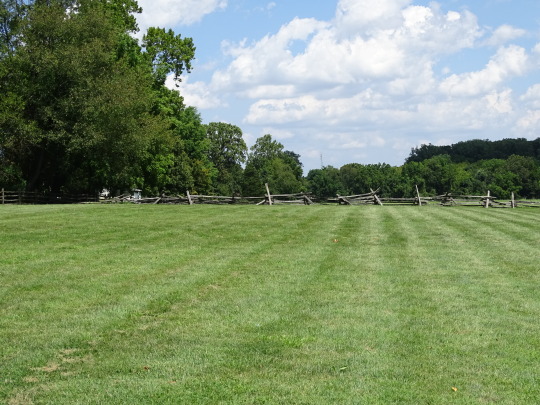
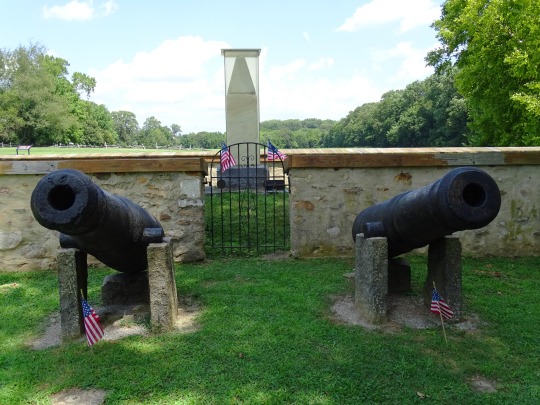
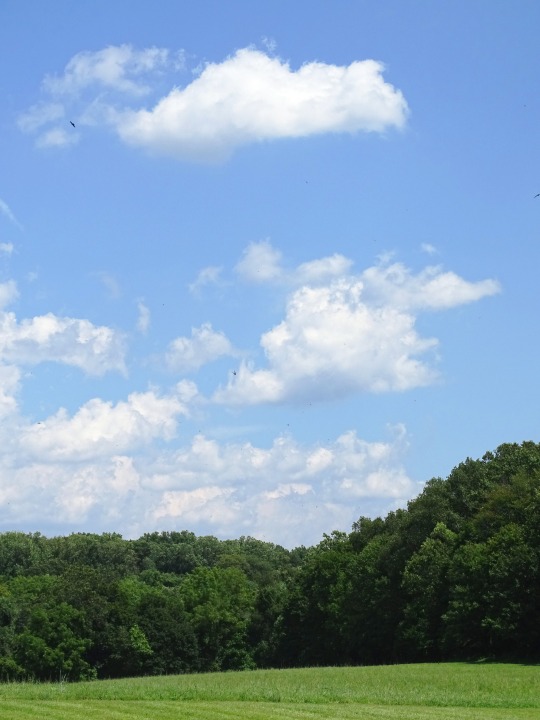
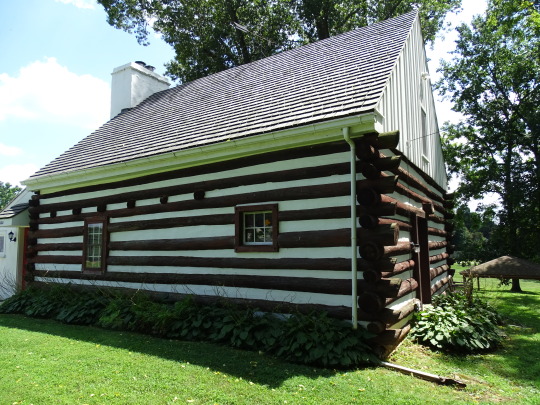
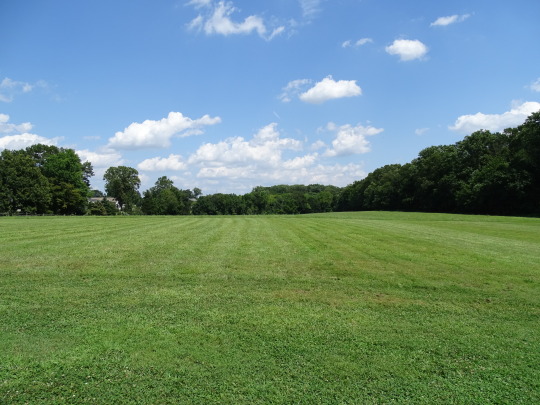
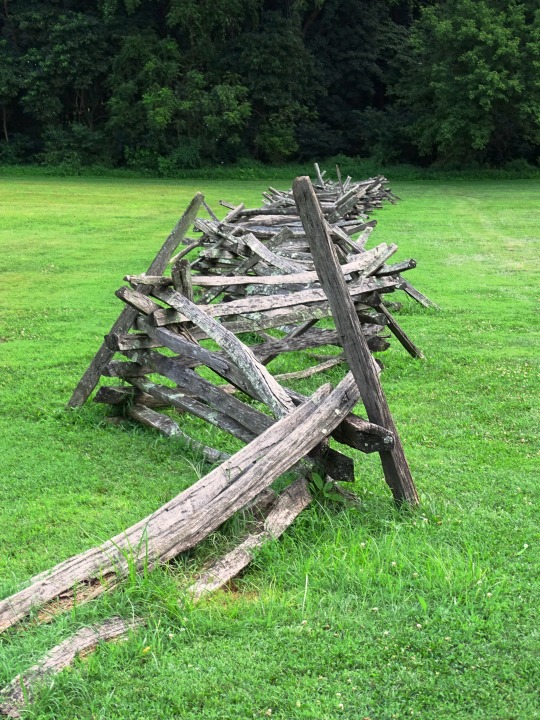
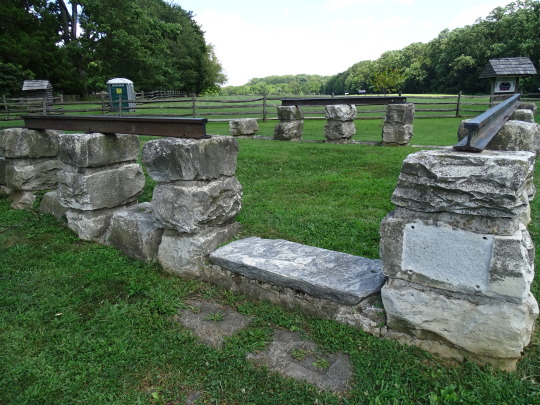
The Battle of Paoli (also known as the Battle of Paoli Tavern or the Paoli Massacre) was a battle in the Philadelphia campaign of the American Revolutionary War fought on September 20, 1777,
#Battle of Paoli#Battle of Paoli Tavern#Paoli Massacre#20 September 1777#USA#American Revolutionary War#American War of Independence#travel#anniversary#US history#Malvern#Pennsylvania#summer 2019#vacation#landscape#battlefield#cannon#snake fence#flora#woods#forest#hill#meadow#Paoli Battlefield Site and Parade Grounds#Mid-Atlantic region#Chester County#Chesco
44 notes
·
View notes
Photo
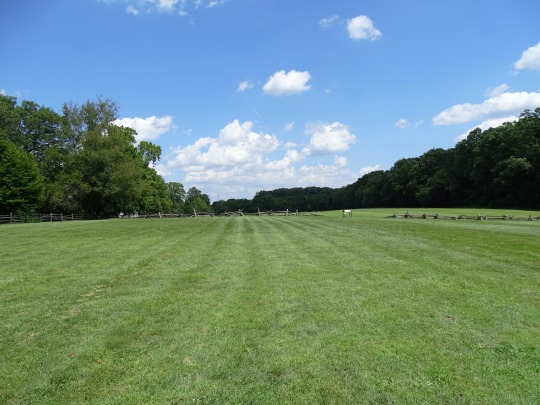
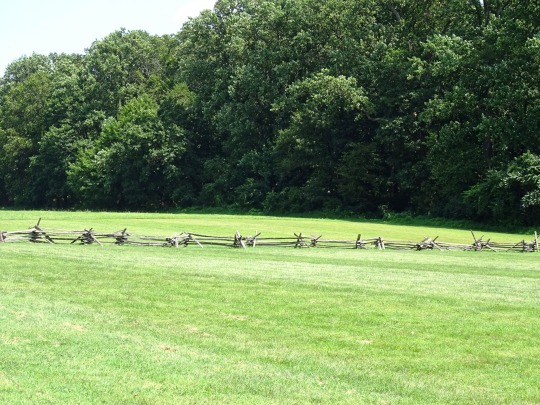
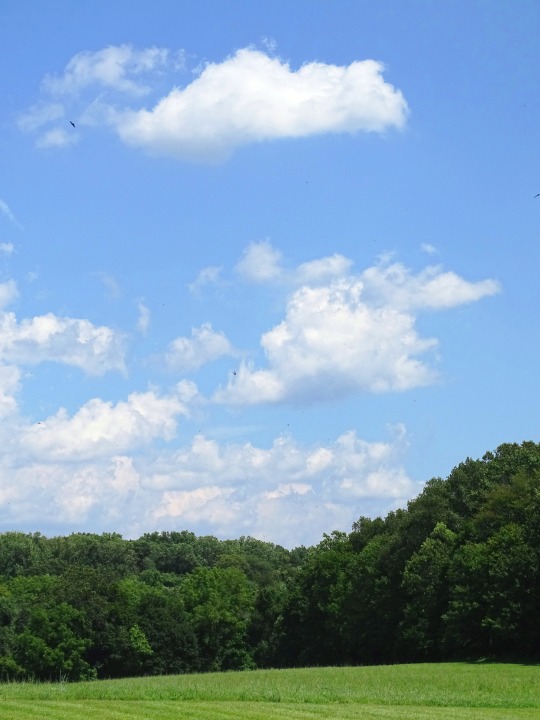
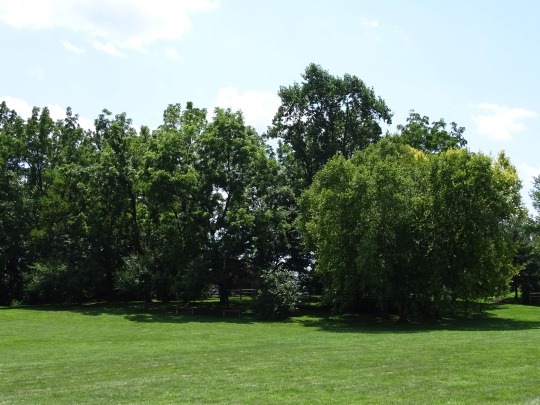
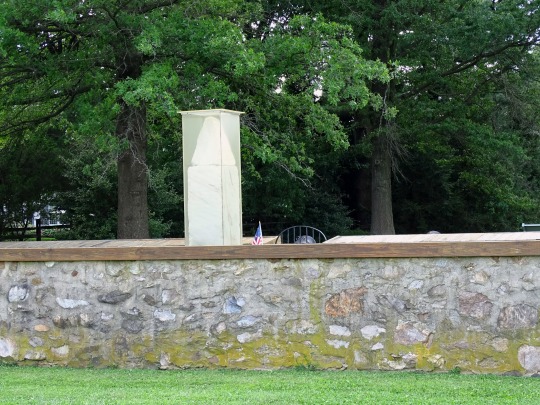
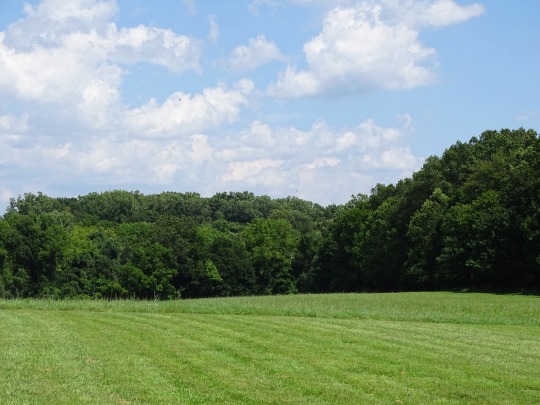
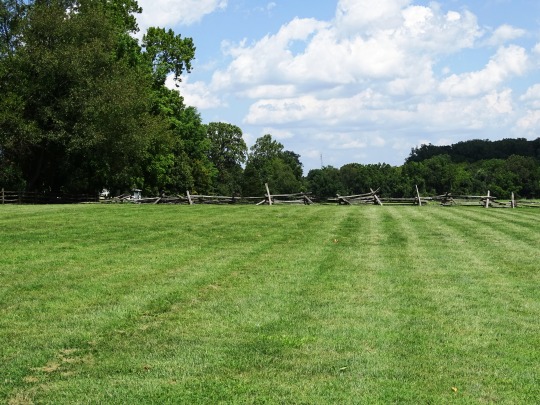
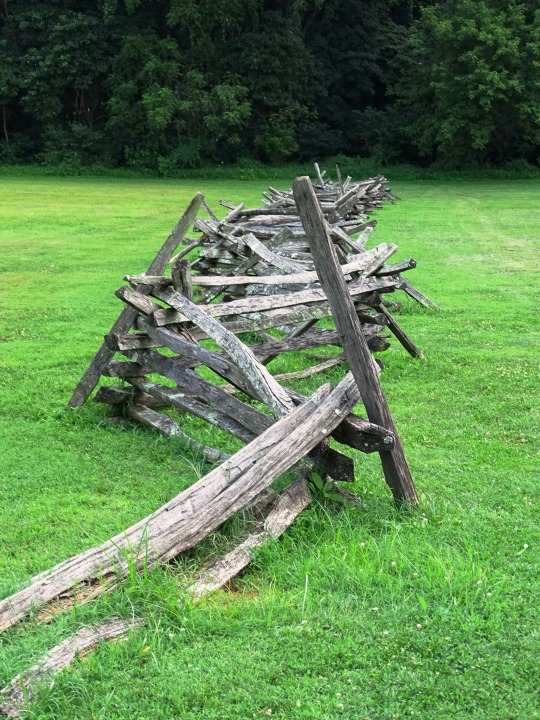
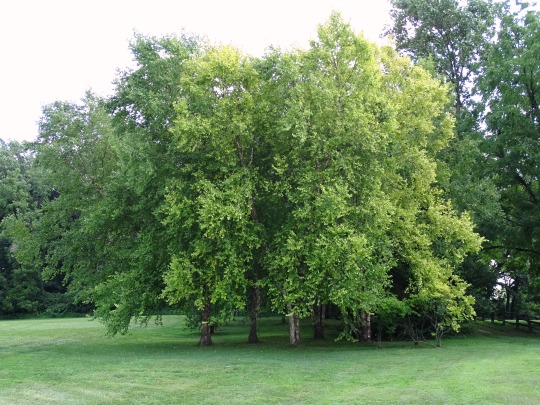

Paoli Battlefield Site and Parade Grounds, Malvern (No. 2)
After the American defeat at the Battle of Brandywine, American Major General George Washington was intent on accomplishing two tasks. He wanted to protect Philadelphia from British forces under the command of Lieutenant General William Howe, and he needed to replenish the rapidly dwindling supplies and munitions stored in Reading, Pennsylvania. Washington withdrew across the Schuylkill River, marched through Philadelphia, and headed northwest. Since the Schuylkill was fordable only far upstream starting at Matson's Ford (present-day Conshohocken), Washington could protect both the capital and the vital supply areas to the west from behind the river barrier. Washington reconsidered and recrossed the river to face the British, who had moved little since Brandywine, because of a shortage of wagons to carry their wounded and their baggage. After the Battle of the Clouds was aborted by bad weather on September 16, Washington again withdrew across the Schuylkill, leaving Brigadier General "Mad" Anthony Wayne's Pennsylvania Division at Chester, Pennsylvania. When the British columns passed by, Wayne followed, under orders from Washington to harass the British and attempt to capture all or part of their baggage train.
Wayne assumed that his presence was undetected and camped close to the British lines in Paoli, Pennsylvania. His division consisted of the 1st, 2nd, 4th, 5th, 7th, 8th, 10th and 11th Pennsylvania Regiments, Hartley's Regiment, an attached artillery company and a small force of dragoons. All told, it was about 1,500 strong. Camped about 1 mile (1.6 km) away was William Smallwood's Maryland militia, about 2,100 relatively inexperienced troops.
The British heard rumors that Wayne was in the area, and General Howe sent out scouts who reported his location near the Paoli Tavern on September 19. Since his position was just 4 miles (6.4 km) from the British camp at Tredyffrin, Pennsylvania, Howe immediately planned an attack on Wayne's relatively exposed camp.
Source: Wikipedia
#Paoli Battlefield Site and Parade Grounds#Malvern#Pennsylvania#vacation#Battle of Paoli Tavern#Paoli Massacre#Paoli Massacre Monument#forest#small town#woods#hills#original photography#American Revolutionary War#American War of Independence#US history#tourist attraction#landmark#USA#summer 2019#nature#flora#fence#Remember Paoli!#obelisk#cannon
6 notes
·
View notes
Photo
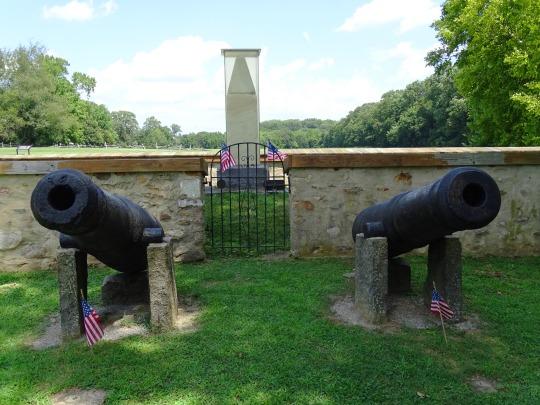
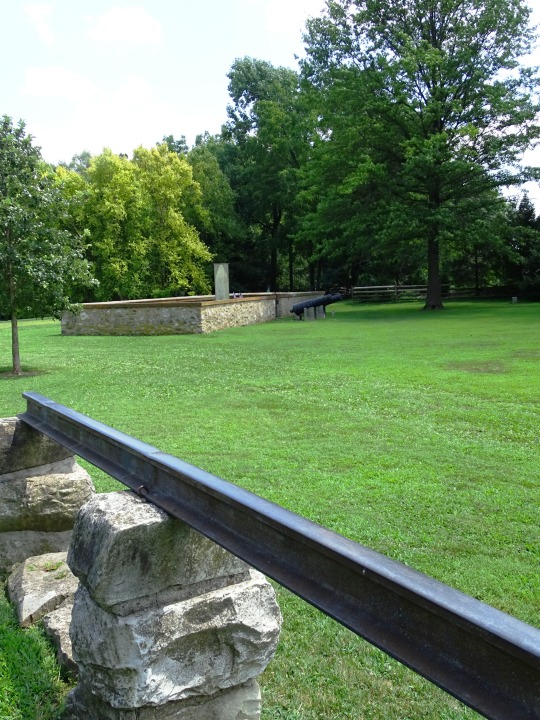
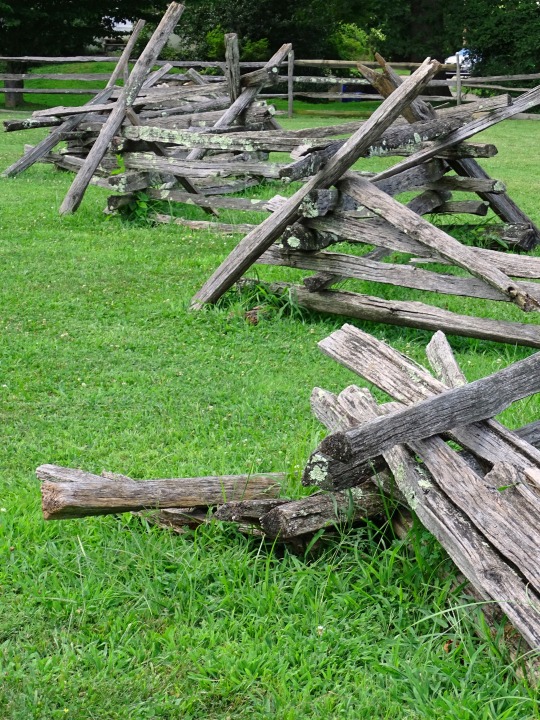
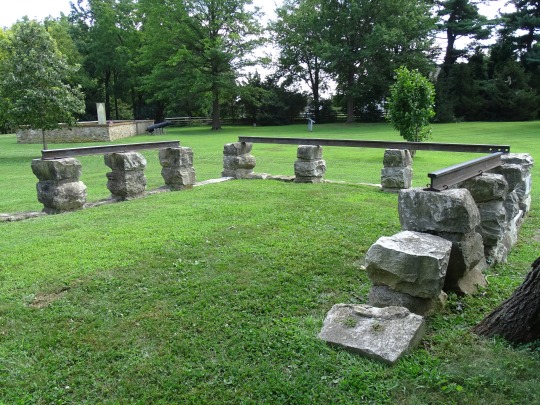

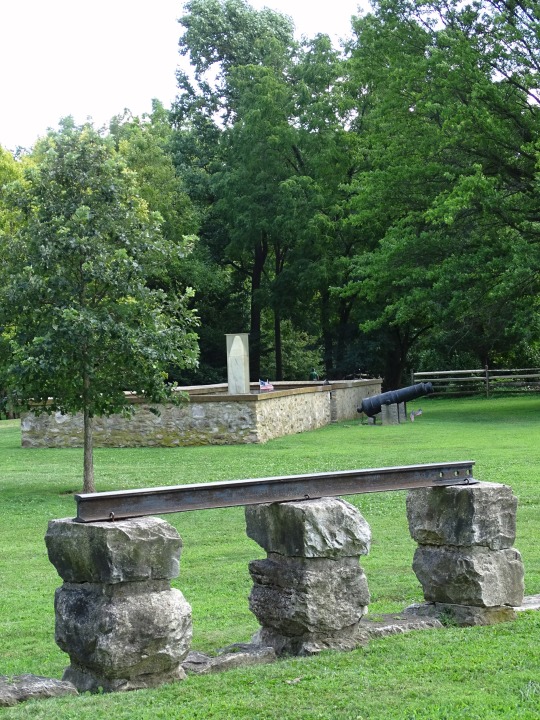

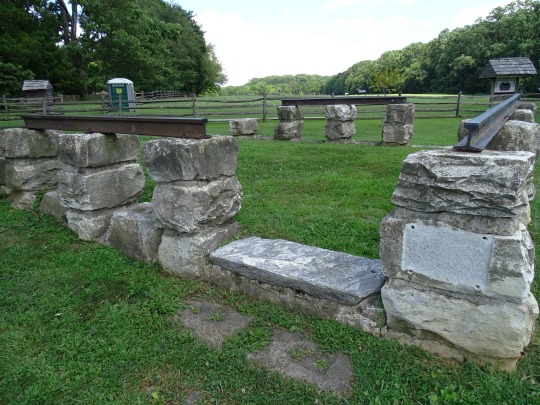

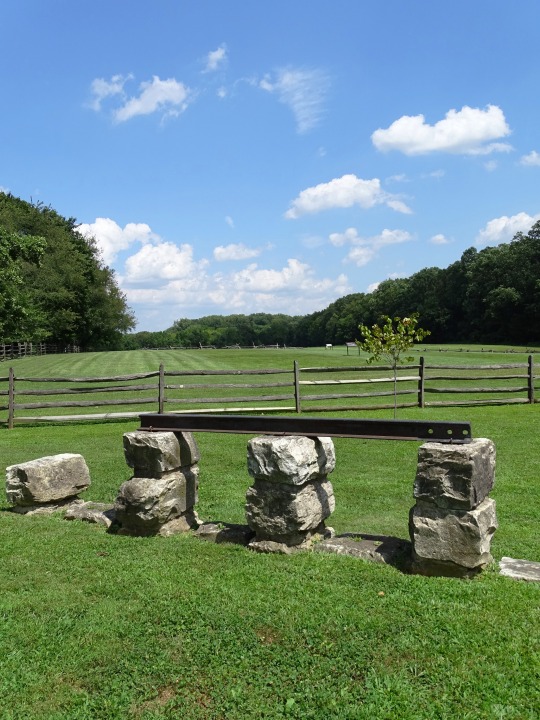
Paoli Battlefield Site and Parade Grounds, Malvern (No. 3)
At 10 p.m. on September 20, British commander Major General Charles Grey marched from the British camp and launched a surprise attack on Wayne's camp, near the General Paoli Tavern, from which the battle takes its name, located near present-day Malvern. Grey's troops consisted of the 2nd Light Infantry, a composite battalion formed from the light companies of 13 regiments, plus the 42nd and 44th Foot. Altogether, his brigade comprised some 1,200 men.
To ensure that the Americans were not alerted, General Grey ordered that troops should advance with muskets unloaded and attack with the bayonet alone. In the case that loads could not be drawn from weapons, he ordered that flints should be removed instead, giving rise to the tradition this was a general order and earning the General the epithet "No Flints" Grey. In fact, Major Maitland, commanding officer 2nd Light Infantry battalion, was given permission to advance with muskets loaded, giving his personal assurance that his men could be relied on.
The British forces, led by a local blacksmith forced to act as guide, approached the camp from a wood and were able to achieve complete surprise. They stormed the camp in three waves—the 2nd Light Infantry in the lead followed by the 44th and the 42nd. Completely unprepared, Wayne's troops fled from the camp and were pursued. Near the White Horse Tavern the British encountered Smallwood's force and routed it as well.
With casualties of only 4 killed and 7 wounded, the British had routed an entire American division. Historian Thomas J. McGuire says that 53 Americans were buried on the battlefield but "whether these were all of the American dead or only those found on the campsite-battlefield is uncertain". Local tradition says that 8 more Americans killed in the battle were buried at the nearby Anglican church of St. Peter-in-the-Great Valley. 71 prisoners were taken by the British, 40 of whom were so badly wounded that they had to be left behind in nearby houses. A total of 272 men were killed, wounded or missing from Wayne's division after the battle. McGuire reports that the day after the battle, 52 dead Americans were buried (and another who was found later), 39 of the buried are un-named. The highest ranking American officer killed was Major Mareen Lamar (sometimes misspelled Marien).
Source: Wikipedia
#Paoli Battlefield Site and Parade Grounds#Malvern#Pennsylvania#vacation#Battle of Paoli#Battle of Paoli Tavern#Paoli Massacre Monument#travel#USA#summer 2019#American War of Independence#Remember Paoli!#ruins#outhouse#lawn#small town#original photography#US history#American Revolutionary War#cannon#tree#forest#flora#nature
2 notes
·
View notes
Photo
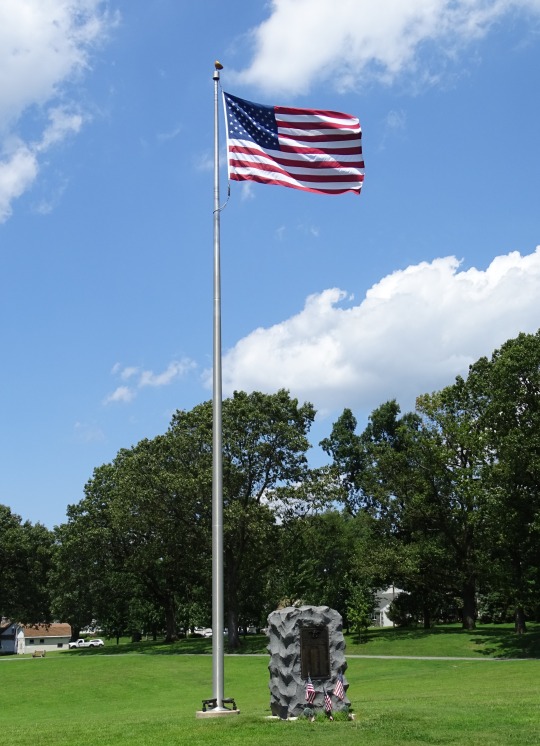
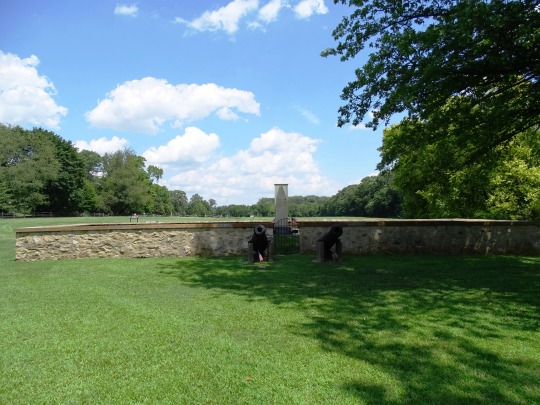


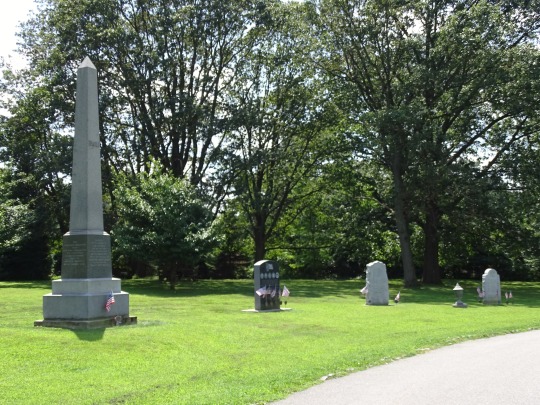


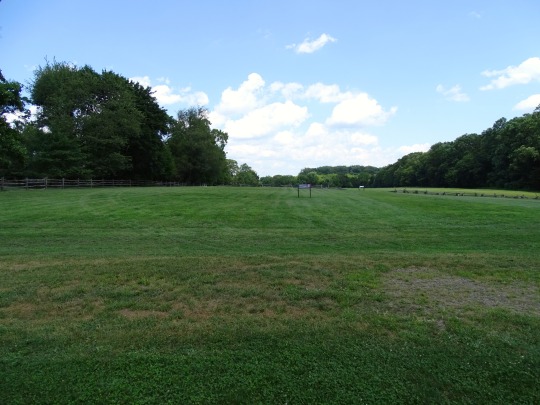
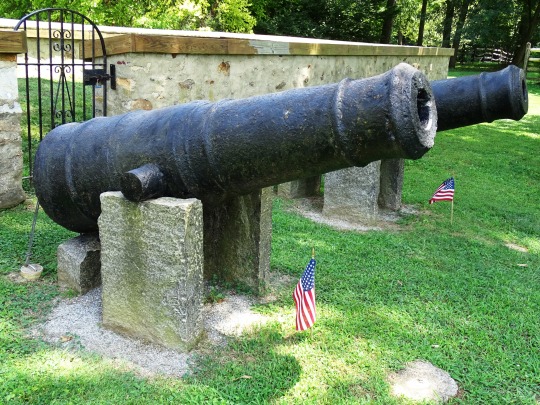
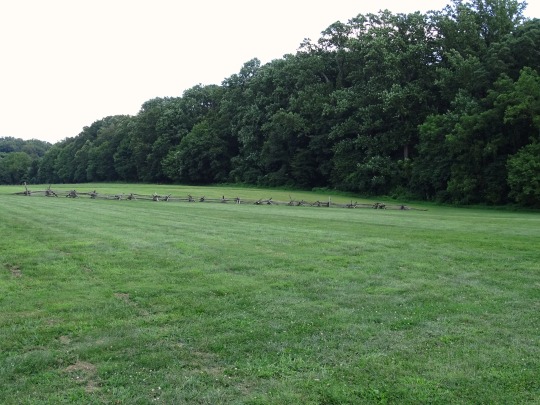
Paoli Battlefield Site and Parade Grounds, Malvern (No. 1)
The Battle of Paoli (also known as the Battle of Paoli Tavern or the Paoli Massacre) was a battle in the Philadelphia campaign of the American Revolutionary War fought on September 20, 1777, in the area surrounding present-day Malvern, Pennsylvania. Following the American retreats at the Battle of Brandywine and the Battle of the Clouds, George Washington left a force under Brigadier General Anthony Wayne behind to monitor and harass the British as they prepared to move on the revolutionary capital of Philadelphia. On the evening of September 20, British forces under Major General Charles Grey led a surprise attack on Wayne's encampment near the Paoli Tavern. Although there were relatively few American casualties, claims were made that the British took no prisoners and granted no quarter, and the engagement became known as the "Paoli Massacre."
Source: Wikipedia
#Paoli Massacre Monument#Malvern#Battle of Paoli#Battle of Paoli Tavern#USA#Pennsylvania#American Revolutionary War#US history#vacation#American War of Independence#Paoli Battlefield Site and Parade Grounds#nature#lawn#forest#woods#public art#free admission#summer 2019#travel#outdoors#tourist attraction#landmark#oblesik#cannon#US flag#original photography#Remember Paoli!
3 notes
·
View notes
Photo


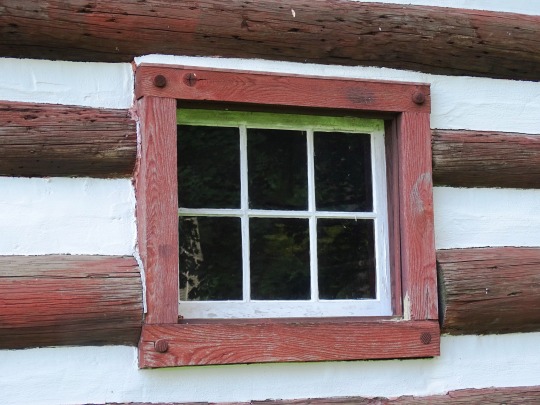
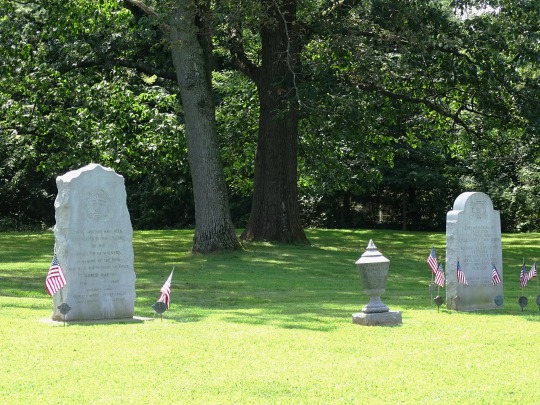
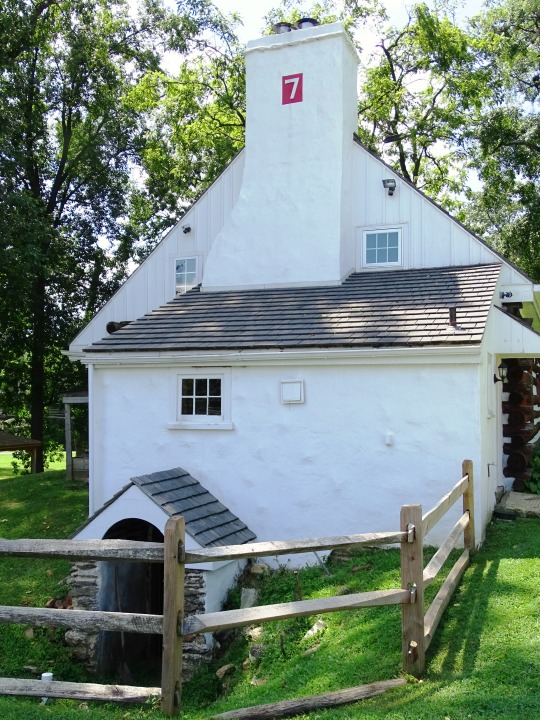
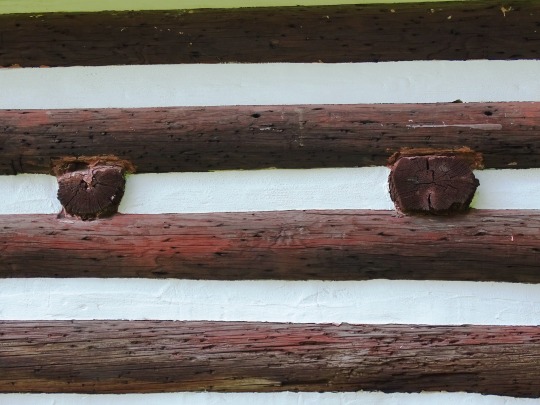

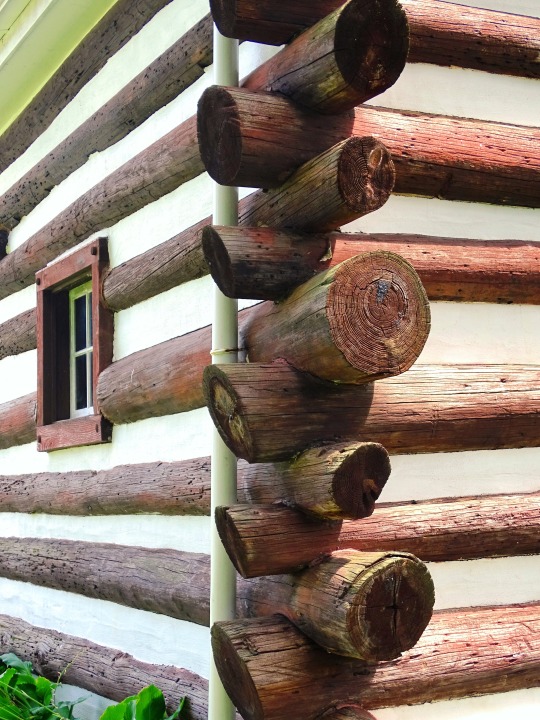

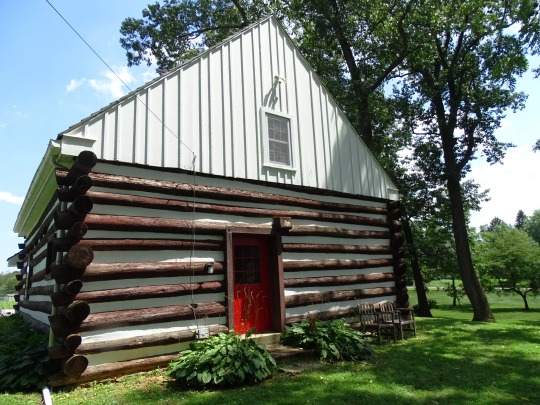
Paoli Battlefield Site and Parade Grounds, Malvern (No. 4)
An official inquiry found that Wayne was not guilty of misconduct but that he had made a tactical error. Wayne was enraged and demanded a full court-martial. On November 1, a board of 13 officers declared that Wayne had acted with honor.
The incident gained notoriety partly because of accounts by eyewitnesses, who claimed that the British had bayoneted or mutilated Americans who tried to surrender. Among them were the following:
I with my own Eyes, see them, cut & hack some of our poor Men to pieces after they had fallen in their hands and scarcely shew the least Mercy to any...
...more than a dozen soldiers had with fixed bayonets formed a cordon round him, and that everyone of them in sport had indulged their brutal ferocity by stabbing him in different parts of his body and limbs ... a physician ... examining him there was found ... 46 distinct bayonet wounds...
The Enemy last Night at twelve o'clock attacked ... Our Men just raised from Sleep, moved disorderly — Confusion followed ... The Carnage was very great ... this is a bloody Month.
The Annals of the Age Cannot Produce such another Scene of Butchery...
The military historian Mark M. Boatner III refuted these allegations, writing: American propagandists succeeded in whipping up anti-British sentiment with false accusations that Grey's men had refused quarter and massacred defenseless patriots who tried to surrender ... The "no quarter" charge is refuted by the fact that the British took 71 prisoners. The "mangled dead" is explained by the fact that the bayonet is a messy weapon.
In any case, Wayne's troops swore revenge and "Remember Paoli!" was used by them as a battle cry at Germantown and at Stony Point.
There is a tradition that, to show their defiance, the men of the 2nd Light Infantry dyed their hat feathers red so the Americans would be able to identify them. In 1833, the Light Company of the 46th Regiment of Foot were authorized to wear red cap distinctions instead of the regulation Light Infantry green, apparently in commemoration of this gesture, and in 1934, the Royal Berkshire Regiment, which carried on the traditions of the 49th Foot, were authorized to wear a red distinction in their head dress although, misleadingly, this was granted "to commemorate the role of the Light Company at the battle of Brandywine Creek". In the second half of the 20th century, the descendants of both regiments wore red backing to their cap badges and did so until 2006 when The Light Infantry and the Royal Gloucestershire, Berkshire and Wiltshire Regiment were absorbed by The Rifles.
In 1877, a granite monument was erected at the site of the battle to replace an 1817 monument that was in poor condition; the Paoli monument inscription replicates the words of the 1817 monument on one side. It stands 22.5 feet (6.9 m) tall and is inscribed on all four sides. It is located in a local park in Malvern that was listed on the National Register of Historic Places in 1997 as the Paoli Battlefield Site and Parade Grounds. There are two contributing buildings, two contributing sites, and five contributing objects included on the listing. They are the Paoli Battlefield Site, Paoli Parade Grounds, Paoli Massacre Monument (1817), Paoli Massacre obelisk (1877), World War I monument (1928), World War II urn (c. 1946), and caretaker's house and garage (1922).
Source: Wikipedia
#Paoli Battlefield Site and Parade Grounds#Battle of Paoli#Battle of Paoli Tavern#Malvern#Remember Paoli!#Paoli Massacre#American Revolutionary War#USA#American War of Independence#US history#architecture#landmark#tourist attraction#free admission#original photography#summer 2019#vacation#travel#cityscape#small town#Pennsylvania#caretaker's house and garage#lawn#log cabin
1 note
·
View note
Photo
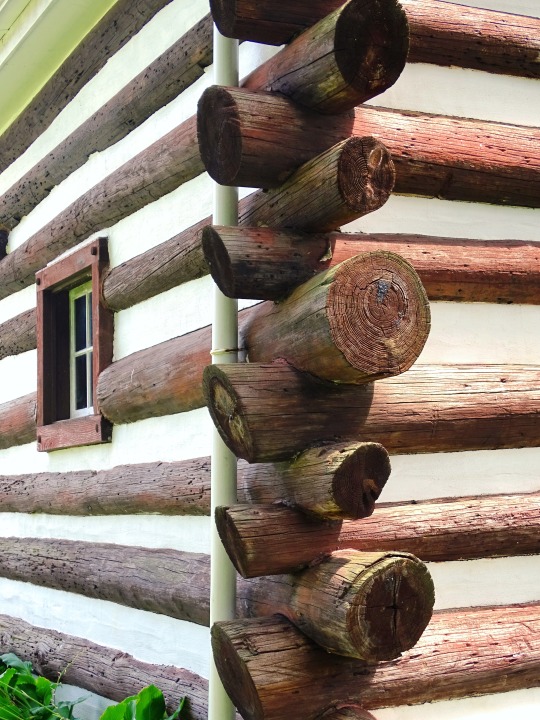
Crossed
What do you think about my pic?
#caretaker's house#Battle of Paoli#Battle of Paoli Tavern#Paoli Massacre#USA#American Revolutionary War#American War of Independence#Malvern#Pennsylvania#summer 2019#log cabin#Paoli Battlefield Historical Park#architecture#façade#travel#vacation#US history#original photography#photo of the day#What do you think about my pic?#corner#wood#window
4 notes
·
View notes
Photo
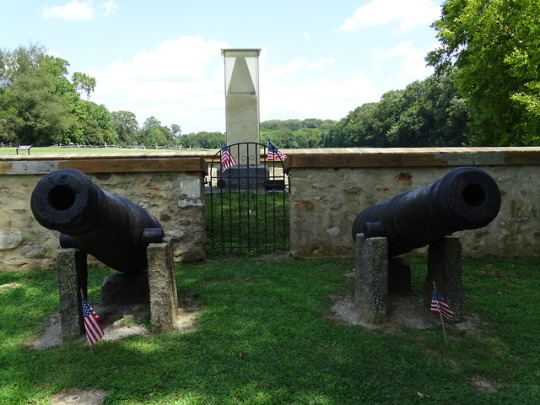

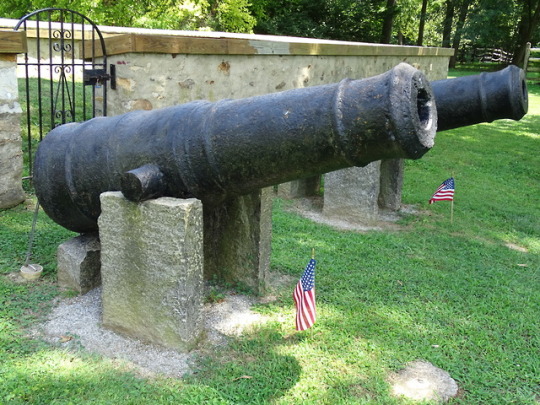


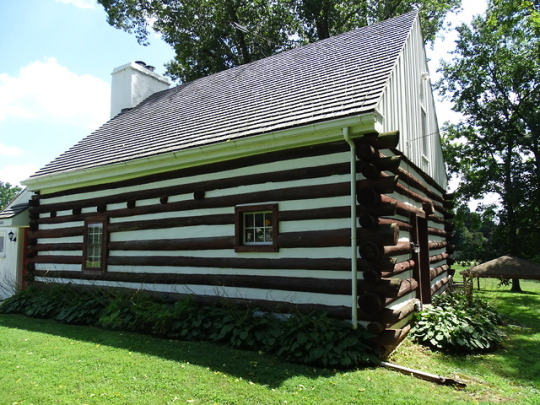
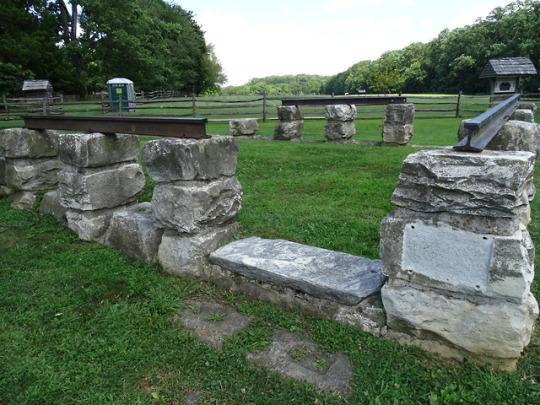
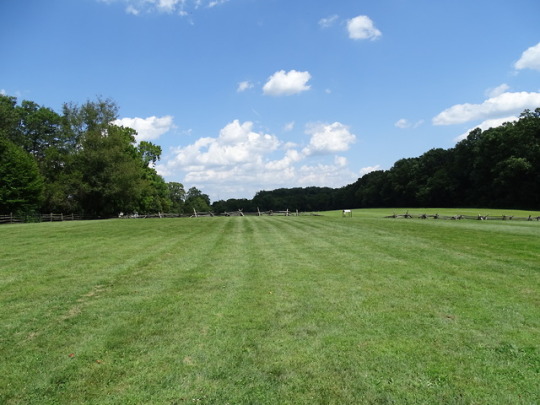
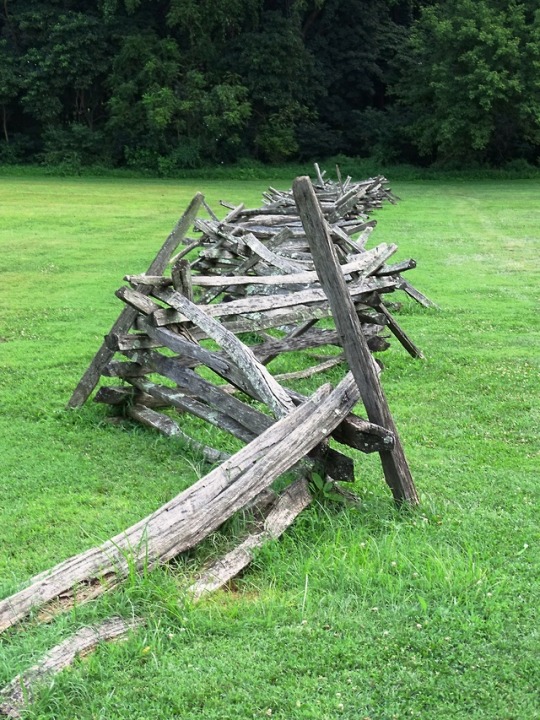
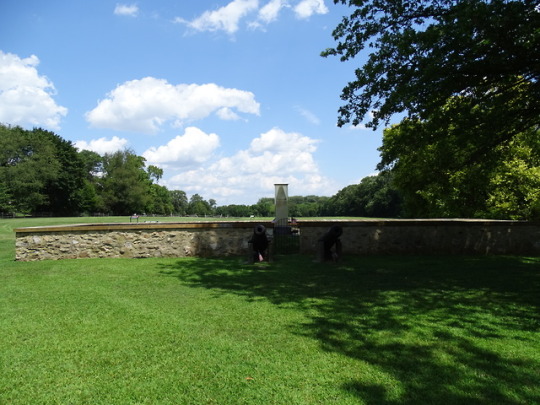
The Battle of Paoli (also known as the Battle of Paoli Tavern or the Paoli Massacre) was a battle in the Philadelphia campaign of the American Revolutionary War fought on September 20, 1777,
#Battle of Paoli#Battle of Paoli Tavern#Paoli Massacre#Paoli#Pennsylvania#USA#20 September 1777#I missed the anniversary#US history#travel#original photography#summer 2019#landmark#Remember Paoli!#battle cry#Battle of Germantown#4 October 1777#anniversary#American Revolutionary War#Paoli Battlefield Site and Parade Grounds#forest#free admission#cannon#stone monument#granite obelisk#canon#Paoli Massacre Monument#caretaker's house and garage#ruin#architecture
8 notes
·
View notes
Text
The Paoli Massacre

The redcoated soldiers stalk through the rainy night as silent as predators.
And predators they are, bristling with sharp claws - bayonets, the principal weapon of the European infantryman.
Their quarry is a contingent of about 1,500 American troops under the command of Gen. Anthony Wayne, camped on a farm a few miles away from the Paoli Tavern.
The date is Sept. 21, 1777. It is shortly before 1 a.m.
In a few minutes the Redcoats will attack the American camp and the formal dance that is 18th-century warfare - a minuet of fifes and drums, battles fought by soldiers arrayed in stiff lines, and letters between opposing generals who sign themselves "your obedient servant" - will turn primal.
When the sun comes up, it will find about 150 Americans dead, wounded or captured. The rest of Wayne's troops are routed. The British suffer only a handful of casualties. The soldiers of the Continental Army will call this night's British rampage through their camp a massacre - the Paoli Massacre.
In the 10 days since British and American troops pummeled one another along the Brandywine Creek on Sept. 11, the two armies have feinted and jabbed across Chester County and nearly fought another major battle.
The British, who outflanked the Americans and drove the Continental Army from the field at Brandywine, paused five days before resuming their march on Philadelphia. Gen. George Washington, the American commander in chief, has been trying since then to keep his force between Gen. Sir William Howe and the city.
Philadelphia is Howe's objective. The British commander believes that if he seizes Philadelphia, loyalists in Pennsylvania will rally to the cause of King George III, and the rebellion will begin to wither away. (Sometimes, it seems as if Howe may be right. John Adams, preparing with other members of Congress to flee Philadelphia, has been referring bitterly to the city as "that Mass of Cowardice and Toryism.")
But there are other ways to take Philadelphia than by marching straight at it and into the face of Washington's determined army of defenders.
Howe moves north through Chester County on a line that will allow him either to march on the city or go after Washington's supply bases at Valley Forge and Reading. Since Washington does not want to lose either the city or his supplies, he must fight Howe again.
On Sept. 15, Washington writes to John Hancock, the president of Congress, that he is moving the Continental Army "to get between the Enemy and the Swedes Ford [Bridgeport]," where the British might cross the Schuylkill.
The following day, the two armies run into each other on the south ridge of the Great Valley, between the White Horse Tavern and Boot Road (near what is now Immaculata College), but what shapes up in the beginning as a major battle gets rained out.
Capt. Johann Ewald, a Hessian mercenary serving with Howe's army, writes in his journal that "about five o'clock in the afternoon, an extraordinary thunderstorm occurred, combined with the heaviest downpour in this world. The army halted.
"The terrible rain caused the roads to become so bottomless that not one wagon, much less a gun, could get through, and continued until toward afternoon on the 17th, which gave the enemy time to cross the Schuylkill River with bag and baggage."
With his ammunition soaked and useless, Washington moves his bedraggled army across the muddy roads of the Great Valley to Yellow Springs, then to Reading Furnace. The retreat is exhausting. "The rain fell in torrents for eighteen hours," writes Lt. James McMichael of the 13th Pennsylvania Regiment. "This march for excessive fatigue, surpassed all I have ever experienced."
But not all of Washington's forces have gone to Yellow Springs. Wayne and two brigades remain close to the British army. On Sept. 18, Washington tells Wayne of reports that "the Enemy have turn'd down that Road from the White Horse which leads to Swedesford on Schuylkill." Washington directs Wayne to harass the British rear. The commander in chief says he will follow as quickly as possible with the main body of the army. "The cutting of the Enemys Baggage would be a great matter," Washington tells Wayne, but he cautions Wayne to "take care of Ambuscades."
Wayne thinks the British, who have camped at Tredyffrin, do not know he is behind them as he encamps two miles southwest of Paoli, not far from his home, Waynesborough. "I believe [Howe] knows Nothing of my situation," he writes on Sept. 19.
Wayne is wrong.
"Intelligence having been received of the situation of General Wayne and his design for attacking our Rear, a plan was concerted for surprising him, and the execution entrusted to Major General [Charles] Grey," British Maj. John André writes in his diary.
Grey attacks with two regiments. He leads one personally, and Col. Thomas Musgrave leads the other. Grey's detachment leaves at 10 p.m., Musgrave's at 11 p.m.
Secrecy is essential.
The soldiers are ordered to unload their weapons or to take out the flints so their muskets cannot fire accidentally and alert the Americans. They won't need to fire their weapons anyway. This is going to be a bayonet attack.
In order to keep anyone from warning the Americans, the British "took every inhabitant with them as they passed along," André writes.
After marching about three miles along the Swede's Ford Road, the British arrive at the Admiral Warren Tavern, only a mile from Wayne's camp. With information "forced" from a local blacksmith, the British fall on the American pickets.
The British charge into the camp, where they find the Americans backlit by their own campfires, making them easy targets. Any American who stands and fights is instantly cut down by swords and bayonets. André describes the scene: "... the Light Infantry being ordered to form to the front, rushed along the line putting to the bayonet all they came up with, and, overtaking the main herd of the fugitives, stabbed great numbers and pressed on their rear until it was thought prudent to order them to desist."
Howe is anxious to move his entire army across the Schuylkill, so once the bloody night's work is done, Grey's troops rejoin the main British army.
A subordinate later accuses Wayne of failing to act on information that could have prevented the attack. Wayne demands a court-martial to clear his name and is exonerated.
American soldiers consider the clash at Paoli a display of savagery, dubbing the British light infantry "Bloodhounds." A "Scene of Butchery," one American officer calls it. William Hutchinson, a teenage Chester County militiaman whose unit was not at Paoli, recalls years later encountering a survivor two days after the attack who had been tortured by British soldiers. The Redcoats "formed a cordon around him and... every one of them in sport had indulged their brutal ferocity by stabbing him in different parts of his body and limbs... ."
When they meet the British again, the Americans will remember Paoli.
SOURCE
#battle of paoli#paoli's tavern#paoli massacre#history#military history#american revolution#revwar#american war of independence#british army
33 notes
·
View notes
Quote
The Annals of the Age Cannot Produce such another Scene of Butchery’
Maj. Samuel Hay, 7th Pennsylvania Regiment, describing the successful British surprise attack on the Whig encampment near Paoli’s Tavern, September 20 1777.
#american revolution#revwar#american war of independence#history#18th century#paoli's tavern#battle of paoli#military history#british army
9 notes
·
View notes